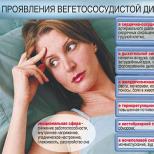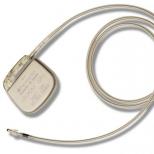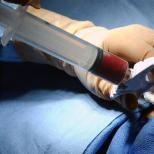Pulse: the norm in men by age at rest
Pulse - a characteristic of a person's state of health, used by physicians since ancient times and measured by the number of beats per minute. This is a biomarker that links changes in blood vessels to the activity of the heart muscle. Its value depends on many factors, including the gender of the person. So, the pulse: the norm in men and permissible fluctuations.
What is a pulse and how to measure it?
Let us immediately denote: for a healthy adult male, the pulse rate is 60-80 beats per minute. This means that the heart at rest must make the number of contractions followed by relaxations resounding in the arteries, veins and capillaries, lying in this range.
The level of heart rate depends on a number of factors:
- gender;
- age;
- weight;
- body position;
- psycho-emotional state;
- taking medications and eating;
- ambient temperature.
The perceptibility of the shock, in other words, rhythmic jerky oscillations, is due to the filling of the vessel with blood due to the work of the heart. The need to control the pulse is caused by the possibility, based on its results, to make value judgments about the work of the heart and the appearance of a negative effect on the body of any pathological conditions.
Physicians distinguish arterial, venous, capillary pulse. At the same time, there are several places on the surface of the human body for quick diagnostics of the work of the cardiovascular system - palpation of the arterial pulse. The easiest way is to feel the blows on the inner upper part of the wrist - the place where the radial artery is close to the surface of the skin. In addition to it, the pulse is quite easily heard on the carotid artery, as well as the temporal representatives of the blood vessels through which blood moves from the heart.
To measure the number of shocks, it is enough to lightly press the indicated places with your fingers and note the start time. The pulse is counted for 30 seconds, and the result is multiplied by two. In case of manifestation of arrhythmia in the work of the heart muscle, the pulse is measured for 60 seconds.
Norm indicators for men
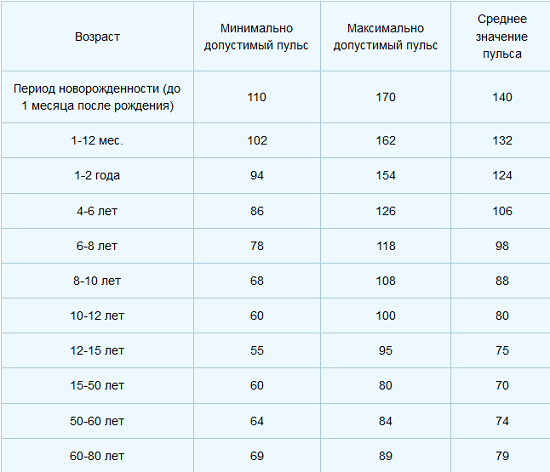
As already noted, the norm of the pulse at rest in men is 60-80 beats per minute. It should be remembered that trained people, for example, athletes subject to frequent aerobic exercise, require fewer contractions to ensure the movement of blood through the vessels, so their pulse will be in the region of 60 beats or less. And if there are no symptoms in the form of dizziness, general weakness, difficulty breathing, discomfort in the chest, fainting, then this is considered normal.
Indicators less than 50 beats per minute give reason to judge the presence of bradycardia - a decrease in heart rate. In the case when the pulse at rest reaches 90 and above, we are talking about tachycardia, which can be caused by a variety of pathological conditions. In both the first and second situations, it is necessary to consult a doctor and search for the reasons that led to this state of affairs in order to stop and prevent their further negative impact on the body.
For a 30-year-old man, the average heart rate will be 71-75 beats per minute. You should try to maintain the physical development of your body in such a way that heart contractions at rest tend to this level. But for athletes, this figure will be 50-55.
Men aged 40 normally have an average heart rate of 72-76 beats. In the future, over the years, especially after passing the milestone of 60 years, this figure will decrease somewhat, as the vessels undergo changes and lose their elasticity.
And with age, the number of developing diseases increases markedly, and the body ages and wears out.
Various diseases and other factors can affect the work of the heart muscle, for example:
- excess weight;
- smoking;
- taking medications;
- insufficient rest;
- overtraining.
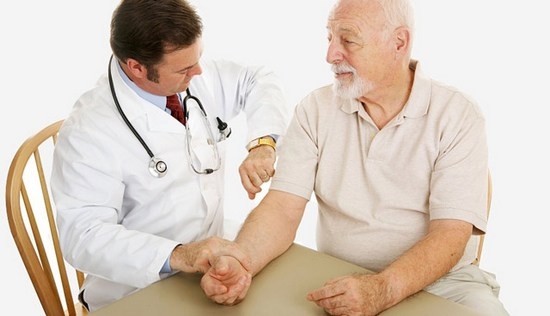
Doctors note that the lowest levels of heart contractions occur during the period of night rest. Their increase occurs in the evening. Also, the results of pulse measurements are influenced by the position of the body: if a person is sitting and standing, it increases slightly, so it is better to count him while lying down.
Emotions and excitement contribute to a more rapid heart rate. In general, it is better to measure the pulse in the morning a couple of minutes after waking up, or to ensure peace and a horizontal position of the body for several minutes.
When is a doctor needed?
Knowing the norms of the pulse in men at different ages makes it possible to control the state of their body. An increase in the allowable limits by 10 strokes, if the person is at rest, and there are no influence factors, is a reason to consult a doctor and undergo an examination. It is also worth considering in cases where the pulse does not return to normal within five minutes after exercise or its frequency is less than 50 shocks, and at the same time you are far from an athlete undergoing regular aerobic exercise. Such symptoms can signal the presence of pathologies affecting both the heart itself and other vital organs and systems.
For our part, we can take a number of actions aimed at stabilizing heart contractions:
- avoid or limit the intake of stimulants, such as caffeine;
- stop smoking, drinking alcohol and drugs;
- do not take medicines thoughtlessly;
- maintain normal body weight;
- subject the body to periodic, but moderate physical exertion;
- focus on eating healthy food.


